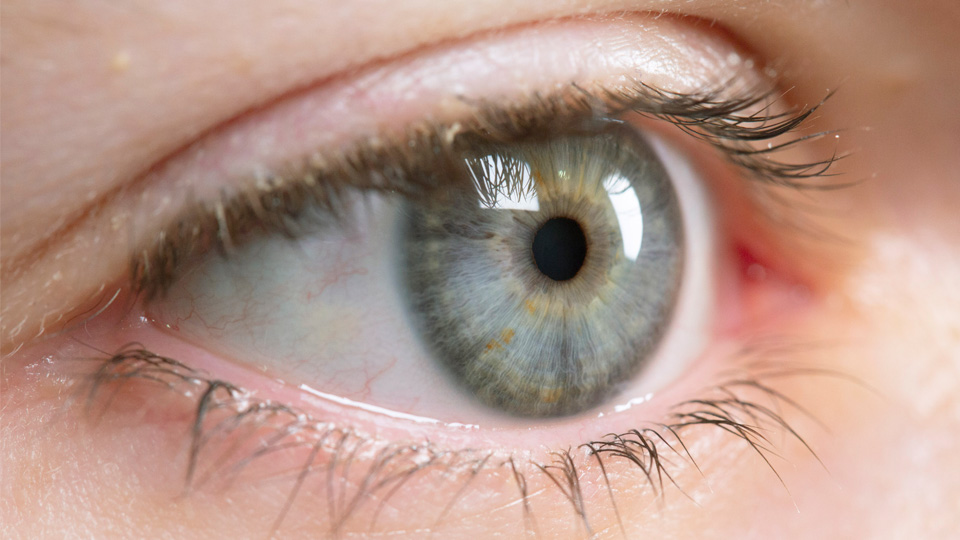All about the skin around the eyes and “drooping” eyelids
04/04/2025

02/07/2024
Floaters are one of the most common reasons for ophthalmological consultations. Also known as floating bodies or, in medical language, myodesopsias, they involve seeing points, shadows, threads, flies, fabrics, or other shapes moving through the visual field. They are very common and especially visible when looking at something bright, such as a white screen or the sky, although they generally should not be a cause for concern.
Causes of its appearance
Aging is one of the main factors in the appearance of eye floaters. As we age, condensations (aggregates of collagen fibres) form in the transparent gelatinous liquid that fills the eyeball, called vitreous gel. These condensations, when the light passes through, cast shadows on the retina. In most cases, these condensations are a consequence of the natural dehydration that the vitreous undergoes over time.
Another factor closely related to this condition is myopia. Several studies have confirmed that people with this refractive error are more likely to experience eye floaters. Eye trauma or surgeries, such as cataract surgery, can also be associated with the appearance of these floaters.
Should we worry?
Although floaters are usually benign, there are certain cases where they could indicate a more serious problem. It is important to see an ophthalmologist if you experience:
These symptoms may indicate retinal detachment, a condition that requires medical attention. An ophthalmologist will examine the fundus of the eye to determine the cause of the floaters. If vitreous opacities generate severe symptoms, a vitrectomy may be performed as a therapeutic measure.
It is important to be attentive to any significant changes in the appearance of vitreous opacities or there are other symptoms. In such cases visit an ophthalmologist for a proper diagnosis and, if necessary, the most appropriate treatment.
Doctor Santiago Abengoechea, ophthalmologist at the Barraquer Ophthalmology Centre